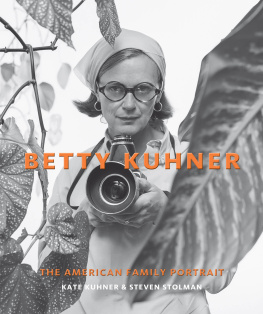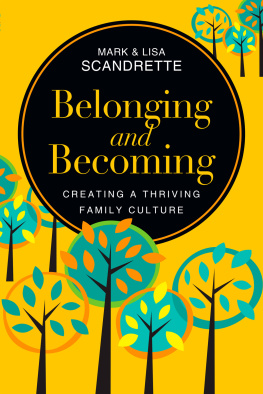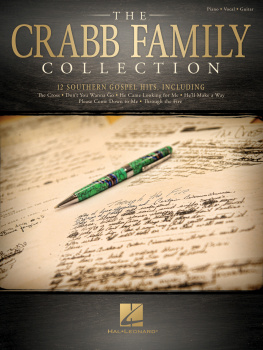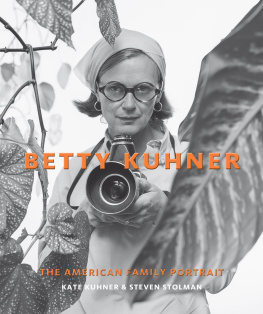foreword
Liza Pulitzer Calhoun
Being photographed by Betty Kuhner was always a family event. She was a big part of our family, as Mom considered Betty and her husband, Russell, to be two of her best friends. Her style was unique, and every photo we ever had taken became a family treasure. You could walk into any house, anywhere in the world, see a photo of an individual or a family, and instantly recognize Bettys work. She was truly an artist with an amazing eye, and her belief in black-and-white imagery remained strong throughout her life. With her trusty Hasselblad strapped around her neck, and her enormous glasses perched on the end of her nose, off we would go, around our garden, looking for the perfect shot that she had in mind. And as she was looking down into the lens of that black box, she never stopped laughing and talking. She was part of our family, and if Mom had her way, she would have been in the photo with us.
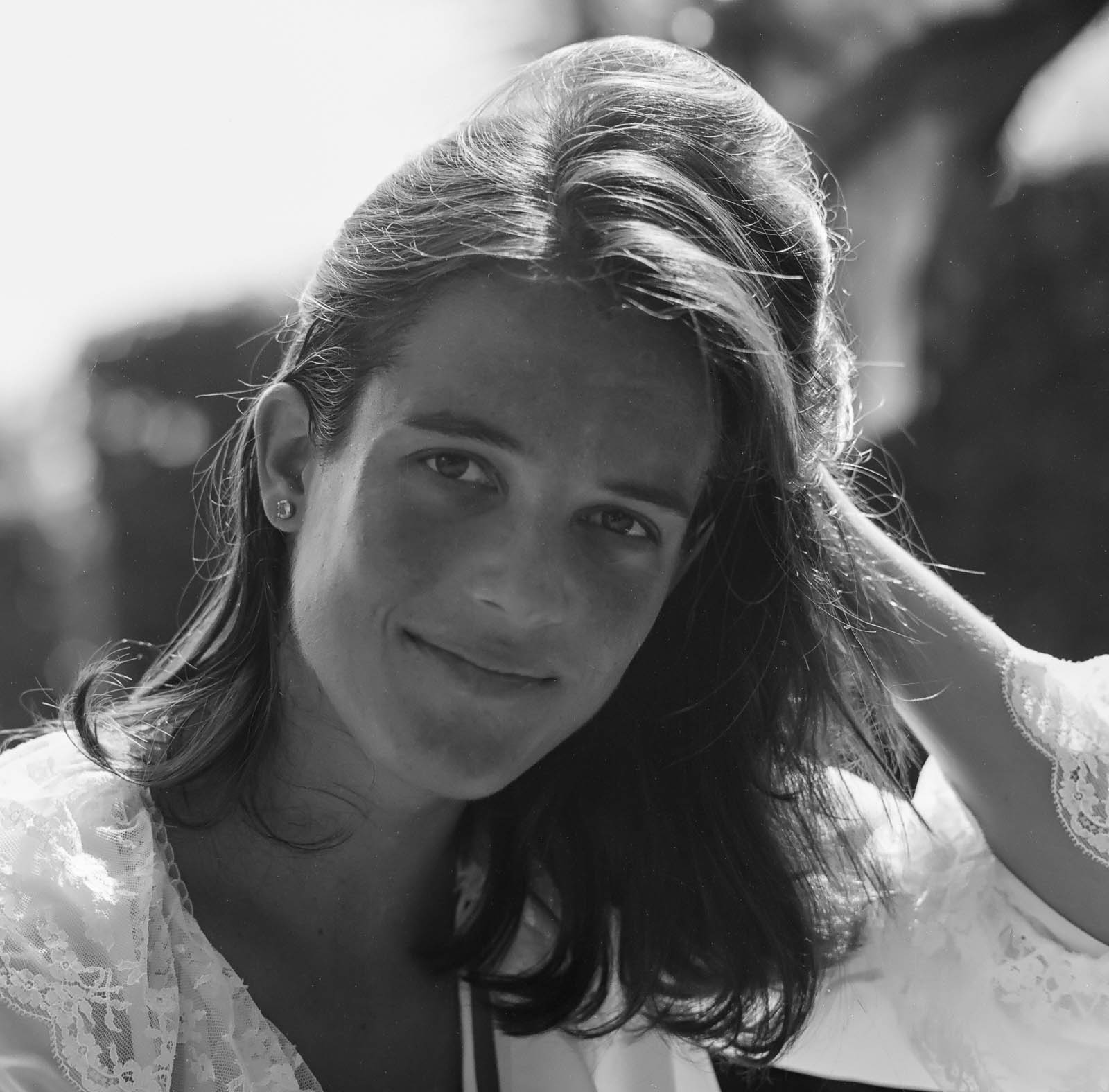
Liza Pulitzer, Palm Beach, Florida, 1980.
preface
Kate Kuhner
I have always looked up to my mother. She was not your traditional mom of the 1950s and 60s; she was the unique working mother. I must admit that I would have preferred her to be waiting at home for me after school with a tray of freshly baked brownies, just like TVs June Cleaver. But now, with the advantage of maturity, I can appreciate the invaluable lessons I learned from her, not necessarily from her role as a homemaker, but rather from her role in the working world.
From the beginning, my mother always had her own point of view. Standing on the sidelines while my photographer father was working, she would often say, Russ, why dont you try it from this angle? or How about doing it this way? Finally, in annoyance, my father said, Betty, get your own camera! And so she did.
Her first client was the Jessup family in Greenwich, Connecticut. Mom felt that if she fell flat on her face, Greenwich was far enough away from Westport, where we lived, that she would not tarnish my fathers reputation as an accomplished professional photographer. Armed with her own Hasselblad and her warm personality, she ran out the door, looking over her shoulder and asking, Now, which button do I push again? The rest is history.
Moms unique point of view took the families out of their formal living rooms and, instead, had them interacting with each other out on their lawns, hanging from trees, running on the beach or frolicking in the ocean. A new standard was born.
Her own uniform consisted of white slacks, a blue cotton shirt and her hair held back by a crisp cotton scarf. The final accent was her famous oversized glasses. It was informal but distinctively stylish. In giving me tips when I took over her business, she said, Have a uniform that you put on before every job. It helps to create a feeling of confidence and relaxed professionalism.
She also urged me to always be myself. That philosophy served her well, whether she was photographing a next-door neighbor, a duke and duchess or a political family dynasty. She was forever confident, cozy, warm and engaging, uninhibited by her subjects fame or fortune.
When our family first arrived in Palm Beach, Lilly Pulitzer was her first client. The photos were taken and the proofs delivered; mom waited to hear Lillys reaction. Weeks went by and still no word from Lilly. Mom knew she had to reach out, but instead of writing a formal letter, she simply wrote, Lilly-poo, have you forsaken me? From that moment on, she and Lilly were the best of friends.
My parents entertained all the time, and their clients often became friends, most of them equally creative, artistic and eclectic. Mom was a fantastic cook, and dinner was always a serve-yourself feast laid out in our kitchena uniquely casual approach for then-quite-traditional Palm Beach. Guests were always enchanted by her easy informality and universally let their hair down.
My mothers unique point of view combined with her warmth and natural ability to make everyone comfortable were the keys to her success as a photographer, home decorator, entertainer and, most importantly, mother. Because of her, I too am proud to be a confident woman, a professional photographer and someone unafraid to follow their own muse. I couldnt have asked for a better parent, friend and mentor. I will forever strive to live up to her legacy.
Thank you, Mom!
Regarding family names:
Just as my mother redefined the American family portrait, so too has the American family itself evolved. As people enjoy longer, healthier lives and a more open society, one everlasting marriage per person is no longer the rule but the exception.
To that end, so many of the wonderful people in this book may have had one name when the photograph was taken, but now have another. For consistency, we are using the names listed in Moms original files.
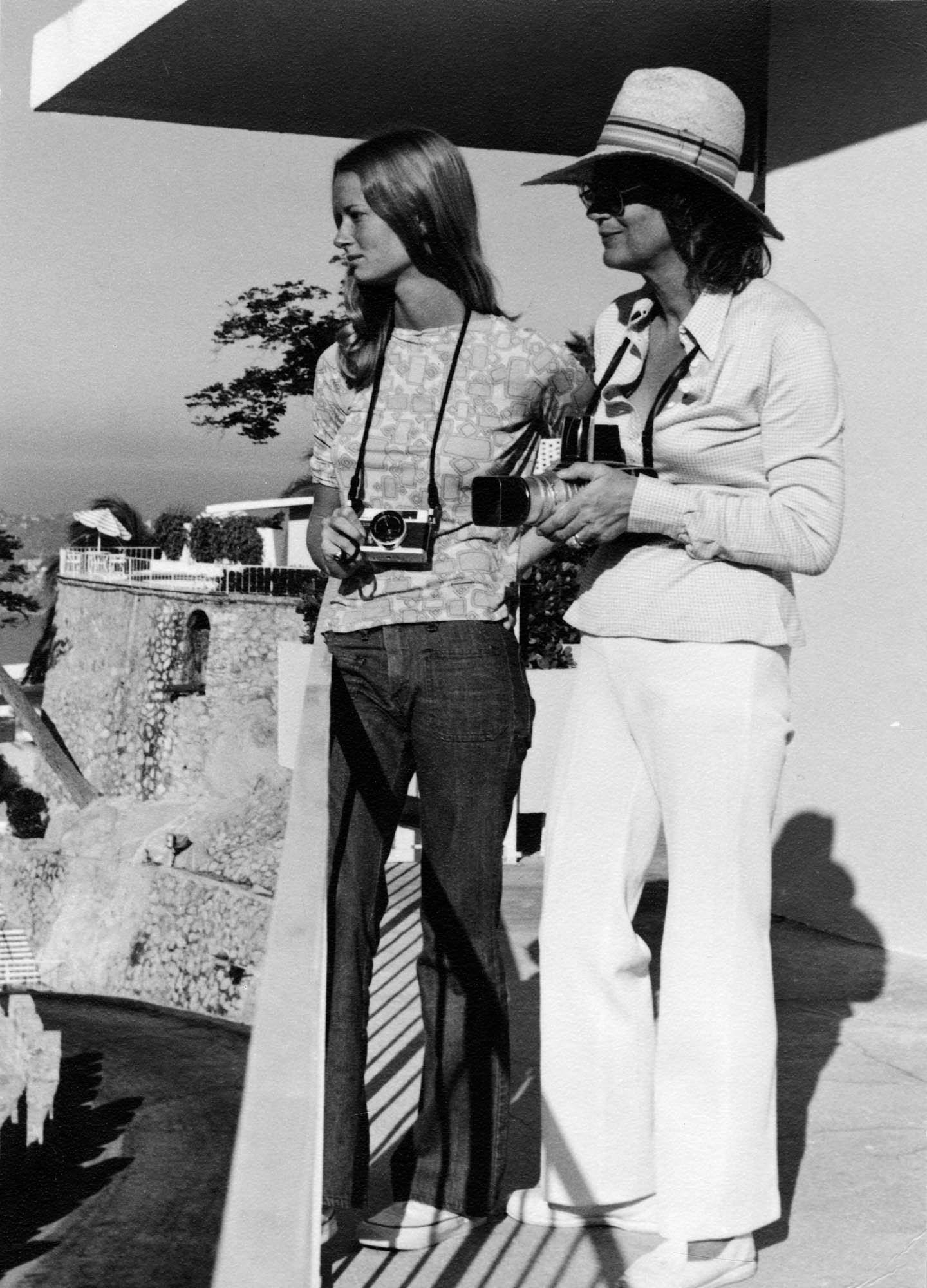
Kate and Betty on location at the Las Brisas hotel in Acapulco, Mexico, 1972.
portraits by a lady
Steven Stolman
A s is the way of the world, what is at first groundbreaking over time can become de rigueur. Take, for example, one of todays smart set must-haves: a wistful, evocative black-and-white professional photograph of mother and child, or the kids, or the entire family or a newly engaged couplecasually dressed, perhaps barefoot, interacting naturally and captured just so, on the beach or in front of a tree, all appearing breezy and bronzed, carefree and relaxed, elegantly at ease.
It wasnt always this way. For decades, the typical family photo was posed and stiff, usually taken in front of the living room fireplace. That is, until photographer Betty Kuhner found fault with this accepted style. As a teenager in Connecticut, I used to walk by this photographers storefront, she recalled, and on display were positively the most awful family portraitseveryone seated and looking in the same direction. Years later, I discovered that the photographer would toss his keys in the air to get everyones attention. Can you imagine?
Kuhners initial dissatisfaction with the status quo not only created but also popularized the genre of the environmental portrait throughout a career that spanned five decades. Indeed, among the affluent habitus of Newport, Greenwich, Southampton, Grosse Pointe and Palm Beach, Betty Kuhner became the family photographer of record. Through her lens passed the images of Americas toniest tribes, with names like Armour, DuPont, Duke, Ford, Gubelmann, Kennedy, Lauder, Merck and Phipps among her frequent subjects.

